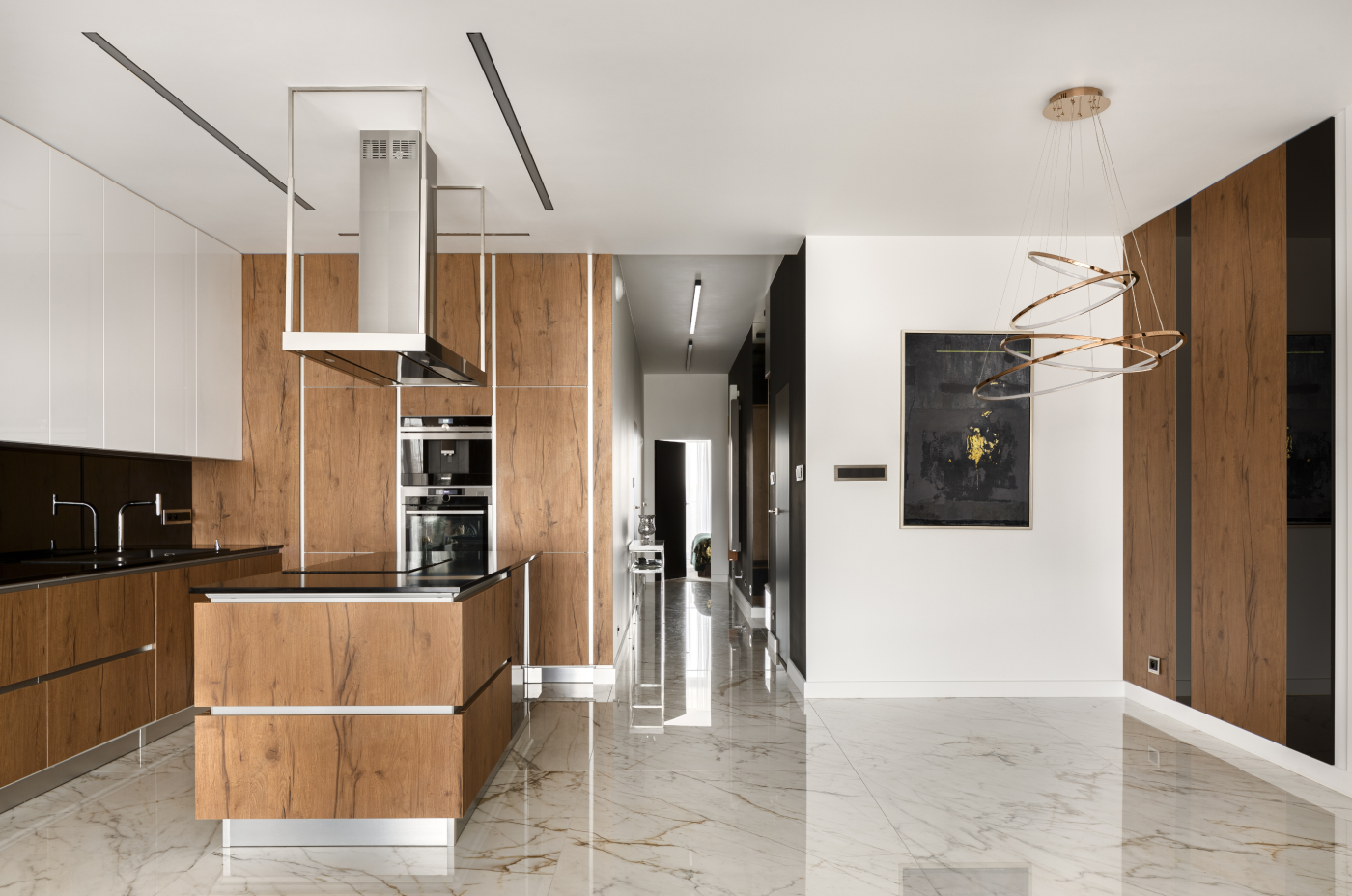The 19th century saw a surge in beach popularity for leisure and relaxation, thanks to English doctors who discovered the health benefits of seawater bathing. However, what's good for your body might not be so good for your coastal home's floors. Choosing the right flooring is crucial to maintaining a peaceful and enjoyable beachside retreat.
At the end of a summer day filled with light, waves, cheers and fun, a sandy beach means just what its name suggests to nearby homeowners - sand. You'll bring it in a variety of ways to your waterfront home, designed to exude coastal charm. It will be in your hair, on your feet, in your slippers, bags and towels.
Fine sand will stick to the textured surface of natural floors with washed patina and jute rugs. Moisture will imperceptibly swell somewhere in the space inspired by the decor of the ocean.
You will wake up one morning with a head full of sun, sea air, clear sky and cocktails and realize one bitter truth - that you need to change the floor.
Can you handle the challenge?
To make things easier for you and give you a good place to start browsing for your perfect beach house flooring we suggested different products for each type of flooring suitable for a beach house.
Ceramic Tiles for a Carefree Life in a Beach House
Ceramic tiles are a first-class choice, especially if you live close to the beach. This position requires a solid, durable surface that is easy to clean. They are highly resistant to moisture, sea air and sand. They are refreshingly cool when it's hot and can withstand wear for a long time. They are easy to clean from sand and spilled liquids and very simple to maintain.
There are plenty of different styles and colors so the least problem is to adapt them to your taste. You can continue with your initial design of coastal charm, this time without the danger of the harmful effects of sand and salt. Choose tiles with motifs of shells, fish or waves, choose the colors of the beach - beige, light green or blue. The only drawback of this option is the price.
Cost: 3/5
Durability: 4/5
Maintenance: 5/5
Engineered Wood
Engineered wood flooring is a smart and economical choice, especially if your house is a little further inland. It is natural wood mounted on high quality plywood. It has a long service life, almost several decades, if you maintain it properly. It is resistant to moisture but a little less to sand, so you have to clean and maintain it more often than tiles.
It is made in a rich palette of colors and wooden patterns, so you can choose those with the bleached and washed look of natural wooden substrates in the coast. There are cheaper variants and more expensive ones with a higher level of protection.
Cost: 3/5
Durability: 3/5
Maintenance 3/5
Laminate and the Sea
Laminate is one of the best options for your beach house. If we choose it for a home with small children and pets, it means it will withstand beach sand and moisture. It is a long-lasting and durable material. It withstands shocks and wears well. Your wet, sandy feet and salty, humid climate won't do much harm to waterproof laminate, which comes in a wide range of colors and patterns.
We also recommend laminates with a special coating that protects against corrosion and damage. If you maintain it properly and clean it regularly, you will extend its life.
Cost: 5/5
Durability: 3/5
Maintenance: 4/5
The Rise of Luxury Vinyl
Coastal home owners are increasingly opting for luxury vinyl planks and tiles. PVC and other synthetic materials from which they are made will give you great advantages. Resistance to moisture, scratches and stains, surface that prevents you from slipping with wet feet, easy maintenance.
It is versatile AND cheap. It is made in various options that can fit into all styles. You can opt for the design of washed light wood or the cooler elegance of natural stone, all of which suit the ambience of the beach house. Vinyl is versatile, you can install it yourself, it's practical, beautiful and affordable.
Cost: 4/4
Durability 4/4
Maintenance 4/4
Useful Tips and Tricks
To protect your floor from sea salt, we recommend:
• Regular cleaning – regularly vacuum and wipe salt and sand from the surface.
• Use of carpets and rugs - Place a carpet or rug at the entrance and other rooms directly exposed to seawater, it will reduce the contact of salt and the floor.
• Quick cleanup – If sea salt gets on the floor, it's important to remove it quickly to minimize the damage it can cause.
• Maintenance of the protective layer - Where possible, periodically renew the topcoat to maintain resistance to moisture and chemicals.
Conclusion
From a place full of sea monsters in antiquity to a health resort in Victorian England, beaches took on their present-day shape as a place for fun and entertainment during the 19th and 20th centuries. Those who are lucky enough to live on the beach in their houses for at least part of the year, with a little effort and money, can provide themselves with a pleasant environment where they will not have many practical problems that the coastal climate can bring.















